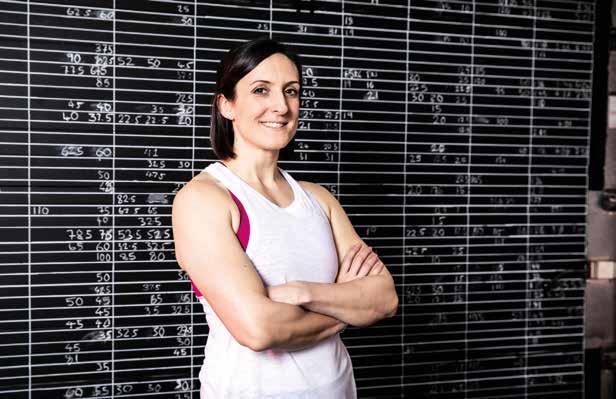SUSTAINABLE FASHION
M
any people are familiar with the term ‘fast fashion’ and all of its negative connotations. In recent years, a new phrase has been coined as a direct reaction to this: ‘slow fashion’. The term ‘slow fashion’ is generally seen as a recent invention, but the movement has been around for longer than we think. Slow fashion is the caring, considered and calm alternative to the hurried and harmful world of fast fashion – and it’s gaining considerable traction, not least as a result of the COVID-19 pandemic. Research has found that 15% of consumers in the US and Europe expect to buy more ecologically and socially sustainable clothing as a direct result of the over-consumerism and irresponsible practices that have been thrown into light through the Coronavirus crisis.
24
In addition, a post-lockdown report has found that 83% of consumers surveyed thought that clothes should be designed to last longer and be repairable. 58% bought fewer clothes during lockdown with 28% reusing and recycling more than normal. Interestingly, the same report found that 27% of Generation Z – the 18-24 year-olds who are generally associated with fast fashion – want to support socially and environmentally responsible brands. What is fast fashion? As the term suggests, everything about fast fashion is done at speed. Trends are quickly identified, garments are hurriedly made and rushed out to market, items are bought and delivered in the blink of an eye, then worn a couple of times before moving on to the next new thing. It’s a phenomenon that’s largely associated with young, online only brands that update their












